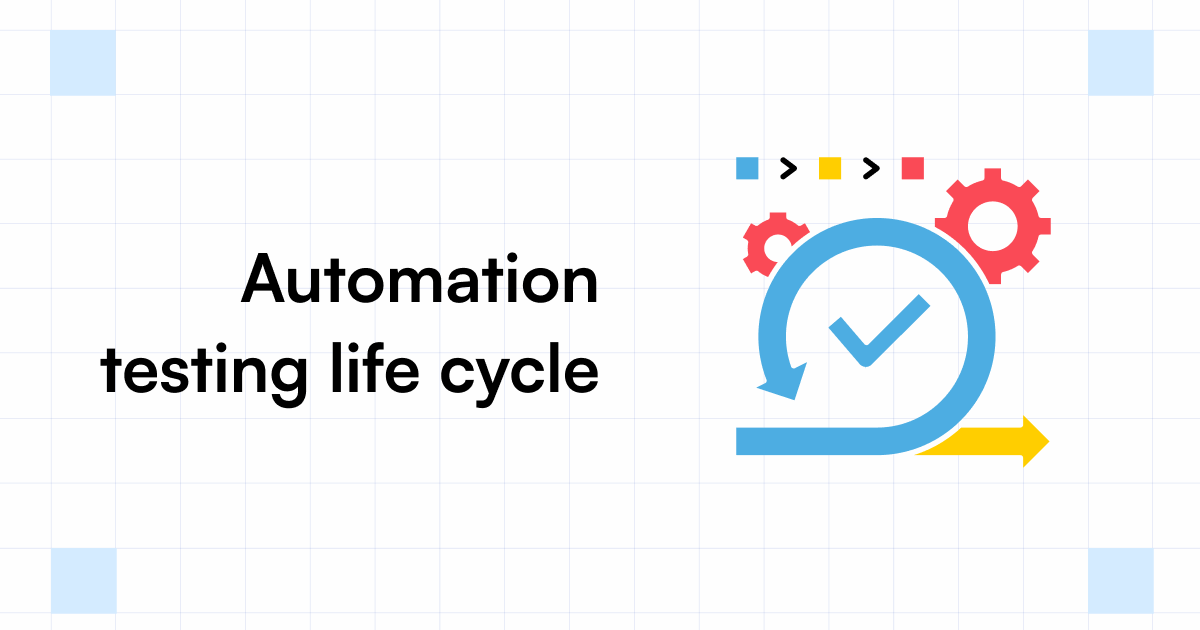From Manual to Automated Testing: A Comprehensive Overview to Transitioning Efficiently and Properly
In the world of software testing, the shift from guidebook to automated processes has actually come to be an increasingly essential transition for companies looking for to boost efficiency and precision in their screening practices. As modern technology remains to advancement, the requirement for effective and seamless automated screening approaches has actually never ever been much more pressing. The journey from handbook to automated testing is not without its difficulties, yet when come close to tactically and with a clear plan in mind, the benefits can be substantial - automation testing. In this comprehensive guide, we will check out vital actions and factors to consider necessary for an effective transition, from the first choice of tools to the assimilation of automation right into existing workflows. Keep tuned to discover the insights that will certainly help lead the way for a smoother and much more effective screening process.
Advantages of Automated Evaluating
Automated testing provides countless advantages, boosting effectiveness and accuracy in software program advancement processes. One main benefit is the substantial decrease in testing time. Automated examinations can be run simultaneously on several devices and operating systems, considerably speeding up the screening phase contrasted to hands-on screening. This enhanced performance enables faster feedback on the top quality of the software program, allowing developers to recognize and deal with concerns quickly.
Additionally, automated screening makes certain a higher level of precision in spotting defects. Uniformity in screening is also boosted, as automated examinations perform the very same actions exactly each time they are run.
Selecting the Right Devices

First of all, examine your goals and demands. Comprehend the range of your job, the modern technologies entailed, and the ability of your group. This evaluation will assist you determine the features and abilities you need in your screening devices.
Secondly, think about the compatibility of the tools with your existing systems and processes. Smooth assimilation with your existing software program development lifecycle is vital to guarantee a smooth shift to automation.
Furthermore, assess the scalability and versatility of the devices. As your screening requires progress, the devices should have the ability to adapt and accommodate modifications efficiently.
Last but not least, consider the support and neighborhood around the devices. Durable assistance and an active customer neighborhood can supply important sources and assistance when applying automated testing. By very carefully considering these aspects, you can pick the right devices that align with your demands and established the stage for an effective transition to automated testing.
Creating Efficient Test Scripts

When crafting examination scripts, it is essential to take into consideration the particular requirements of the software program being checked and ensure that the manuscripts address all essential performances. Descriptive and clear calling conventions for test scripts and test instances can improve readability and maintainability. In addition, integrating mistake handling systems within the examination scripts can aid in determining and addressing problems quickly.
Furthermore, organizing test manuscripts into modular parts can enhance reusability and scalability, reducing redundancy and improving efficiency in test manuscript upkeep. Routine reviews and updates to examine scripts are critical to keep pace with advancing software application demands and capabilities. By adhering to these concepts, testers can develop effective and robust test scripts that add dramatically to the success of automated screening processes.
Integrating Automation Into Workflows
Effective combination of automation devices right into existing operations simplifies procedures and enhances productivity within software development cycles. When incorporating automation into workflows, look here it is important to determine repeated tasks that can be automated to save time and decrease human error. By perfectly integrating automated testing tools like Selenium or Appium into the software development lifecycle, teams can attain faster responses on code adjustments, bring about quicker insect discovery and resolution. This combination enables continuous screening throughout the growth procedure, making certain that any kind of problems are determined early, leading to higher software quality. Additionally, automation can be used to trigger tests instantly after each code dedicate, offering immediate validation and maximizing testers to concentrate on more complicated scenarios. Proper assimilation of automation devices calls for partnership between development, testing, and operations groups to develop a unified process that enhances effectiveness and efficiency in delivering premium software application products.
Making Certain a Smooth Transition
Efficiently transitioning to automated testing involves precise preparation and careful implementation to maximize and decrease disruptions effectiveness in the software program development process - automation testing. To make certain a smooth shift, it is vital to begin by conducting a comprehensive evaluation of the existing screening processes and determining locations where automation can bring one of the most significant benefits. Engaging with all stakeholders at an early stage in the procedure, consisting of developers, testers, and project managers, is essential for gathering support and buy-in for the automation effort
Interaction is vital during this transition phase. Clear communication of the objectives, benefits, and assumptions of automated testing assists to handle any type of resistance or problems that might arise. Additionally, offering appropriate training and sources for staff member to upskill in automation tools and techniques is vital for making sure an effective shift.

Conclusion
To conclude, transitioning from manual to automated screening offers many advantages, including enhanced efficiency and reliability. By choosing the suitable devices, writing efficient test scripts, and incorporating automation effortlessly right into workflows, organizations can make sure a effective and smooth shift. It is important to welcome automation as a beneficial asset in software look at here now application testing processes to improve total top quality and performance.
In the world of software program screening, the shift from manual to automated processes has become a progressively essential shift for companies looking for to improve effectiveness and accuracy in their screening techniques. Automated examinations can be run simultaneously on multiple devices and operating systems, significantly speeding up the testing stage contrasted to hands-on testing. Consistency in testing is also enhanced, as automated tests execute the same steps precisely each time they are run.To make sure the successful implementation of selected testing tools, the production of efficient examination manuscripts plays an essential function in validating the functionality and performance of automated procedures - automation testing. her explanation By following these principles, testers can create reliable and robust examination scripts that add dramatically to the success of automated testing processes